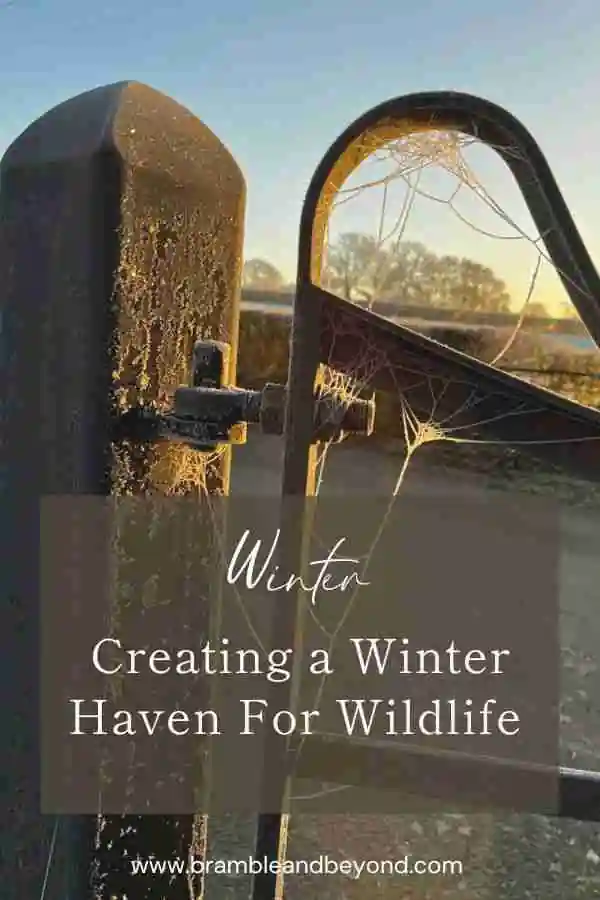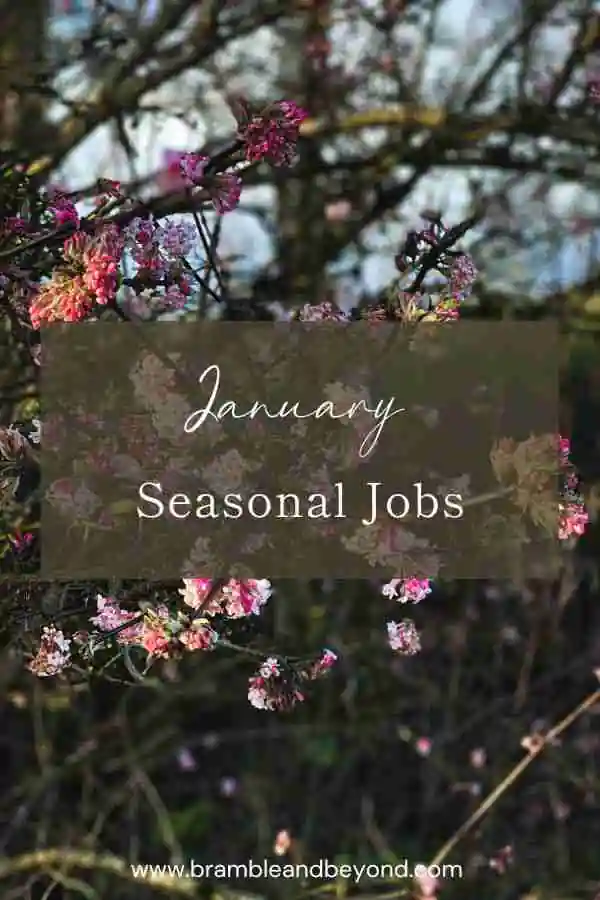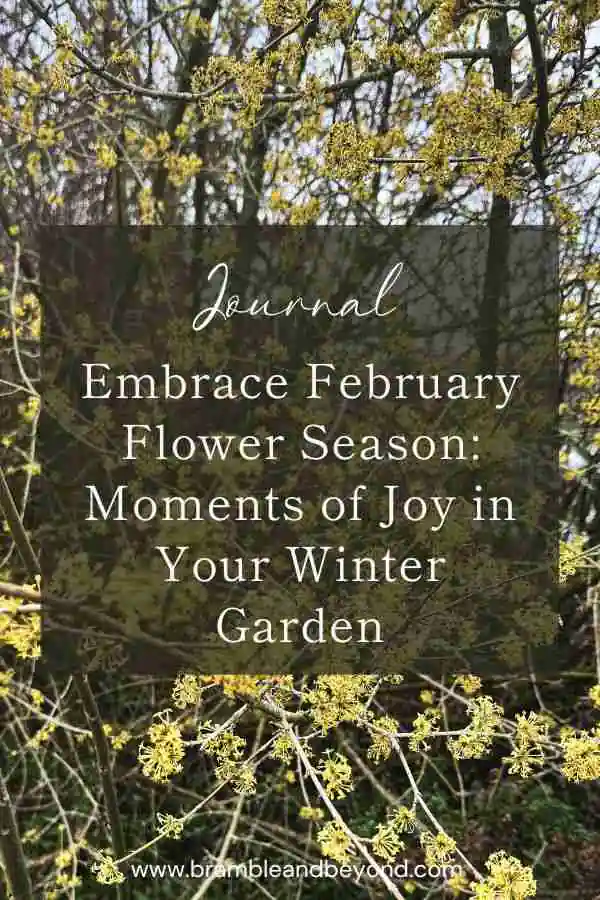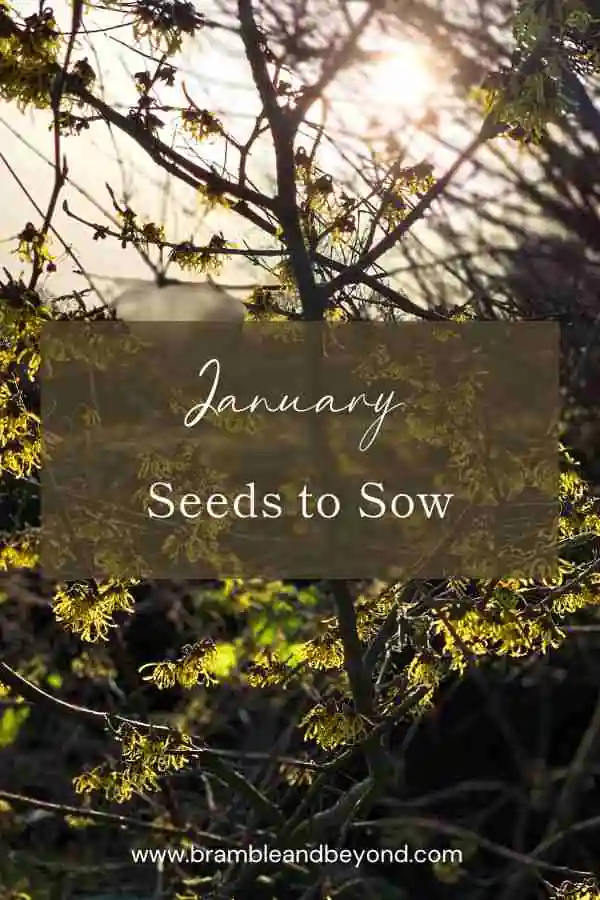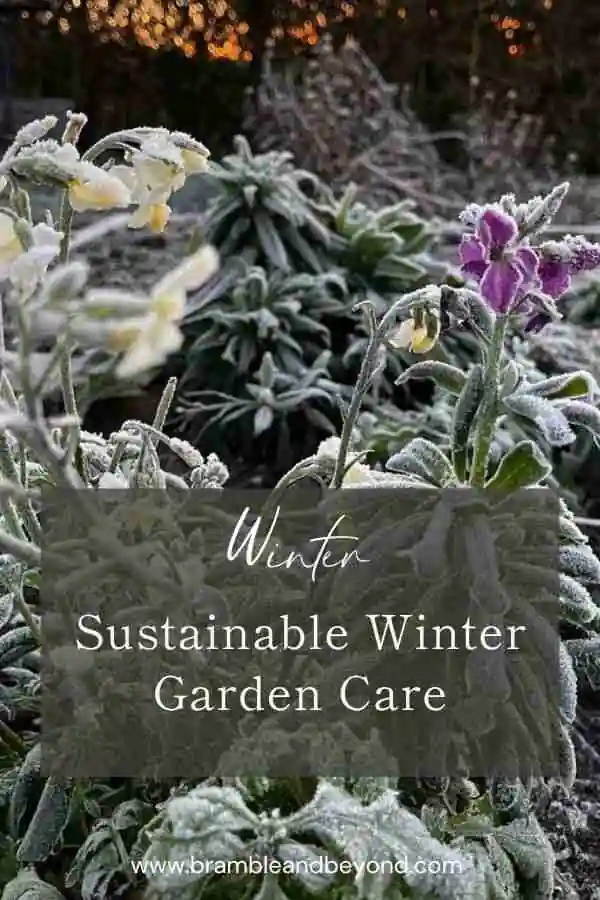Disclosure: This post may contain affiliate links, meaning I get commission if you decide to make a purchase through my links, at no cost to you. Please read my Affiliate Disclosure for more information.
As the cold months approach, you might think your garden has nothing left to offer. The vibrant blooms of summer have faded, and the rich greenery has been replaced with a more subdued palette. But don’t let appearances deceive you—your garden still holds tremendous potential, not just for you but for the wildlife that depend on it.
By embracing the concept of slow gardening and using what’s left behind after a long growing season, you can transform your garden into a winter haven for wildlife.
Embracing Slow Gardening: Utilising Seed Heads and Decaying Plants
One of the simplest ways to support wildlife in winter is to let nature take its course, a practice known as slow gardening. Slow gardening is all about resisting the urge to clean up your garden as soon as the flowers fade. Instead, leave seed heads and decaying plants where they are—they’re far more than just garden debris.
Leave Seed Heads for Winter Feasts
Seed heads, those leftover parts of summer and autumn flowers, might look like lifeless stalks to us, but to birds, they’re a winter buffet.
Flowers like echinacea, rudbeckia, and sunflowers produce seed heads that are especially nutritious. Finches, sparrows, and other seed-eating birds rely on these natural food sources when insects are scarce, and snow covers the ground.
So, instead of deadheading those plants, let them stand proud. You’ll be rewarded with the sight of birds darting through your garden, pecking at the seeds and bringing life to the winter landscape.
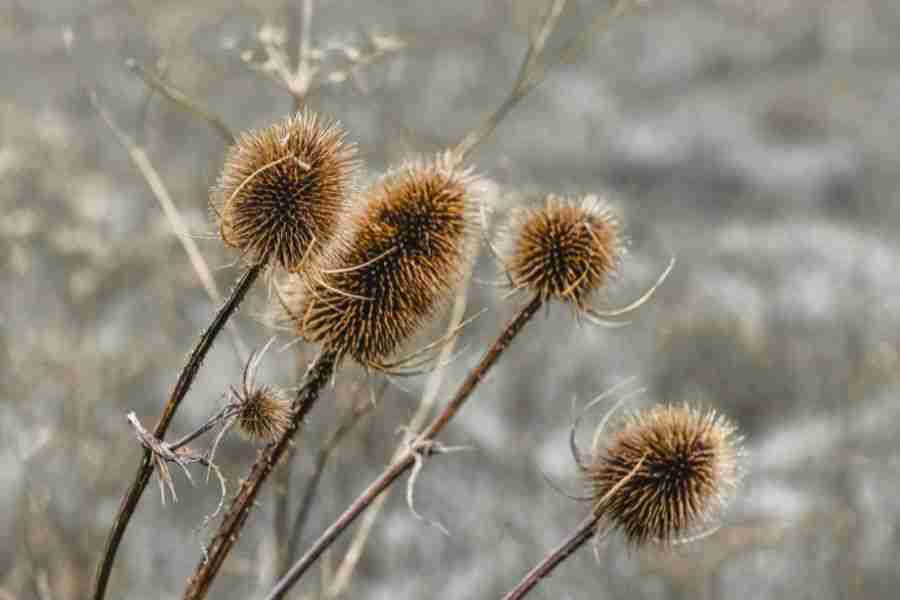
Use Decaying Plants for Protection
Now, let’s talk about those decaying plants and fallen leaves you might be itching to rake up. They play an essential role in providing shelter and protection for insects, amphibians, and small mammals.
Underneath a layer of leaves or within a pile of old stems, many creatures find refuge from the cold. Ladybirds, for example, hibernate in plant debris, and toads might burrow under a pile of leaves for warmth.
By leaving these materials in place, you’re creating a natural habitat that will help sustain your garden’s ecosystem throughout the winter.
Winter Haven for Wildlife: Incorporating Evergreen Shrubs and Berries
Winter is when evergreen shrubs and berry-producing plants truly shine. They not only add structure and colour to an otherwise bare garden or provide foliage for any floristry work you might be doing, but also provide essential food and shelter for wildlife.
Planting Hardy Evergreens for Shelter
Evergreens like holly, yew, and boxwood are more than just winter garden staples—they’re lifelines for wildlife. These hardy shrubs remain lush all year round, offering dense cover that protects birds and small mammals from predators and harsh weather.
When planting evergreens, consider creating a layered effect with taller shrubs at the back and shorter ones in front. This approach not only provides varying levels of shelter but also enhances the aesthetic appeal of your garden.
Adding Berry-Producing Plants for Sustenance
Berry-producing plants such as holly, pyracantha, and viburnum are vital sources of food for wildlife during winter. These plants produce berries that persist well into the colder months, providing nourishment when other food sources are scarce.
Birds like thrushes, waxwings, and even some small mammals are attracted to these berries.
Plant them in a sunny spot to ensure a good harvest, and enjoy watching wildlife flock to your garden for a meal.
If you plan on making Christmas wreaths and have earmarked some especially good looking holly and berries, remember to leave some for the birds.
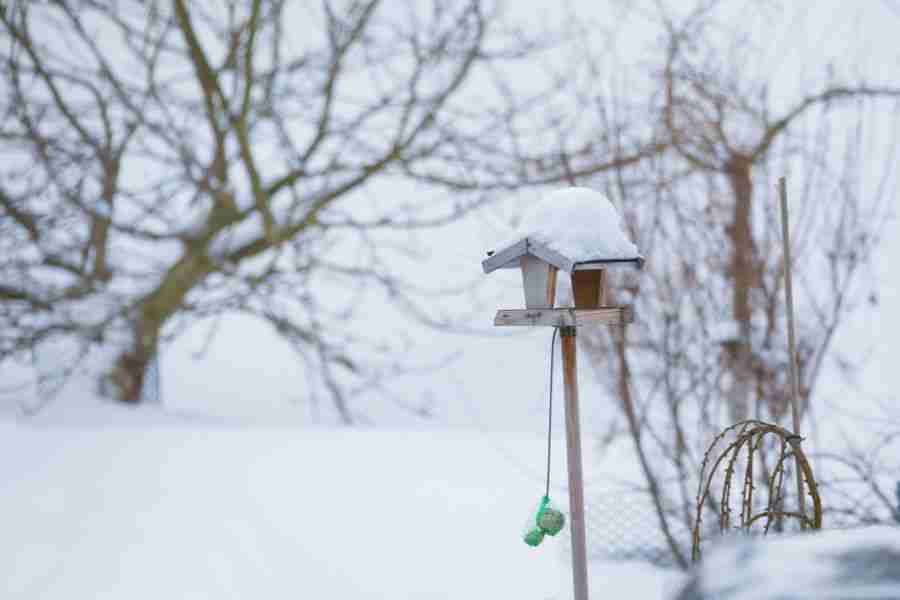
Setting Up Sustainable Feeders and Water Sources
While your garden can offer natural food sources, supplementing with sustainable feeders and maintaining water sources can make a big difference during the coldest months.
Sustainable Bird Feeders
Investing in eco-friendly bird feeders is a great way to provide consistent food to your feathered friends. Crocus have a great range of feeders that suits everyones tastes and budgets.
Choose durable feeders made from sustainable materials like bamboo or recycled plastic. Fill them with a mix of seeds that are high in fat, like sunflower seeds, peanuts, and suet. These energy-rich foods help birds maintain their body heat during winter.
Place feeders in sheltered spots, away from strong winds and predators, to make your garden a safe dining spot for birds.
Maintaining Essential Water Sources
Water is just as critical as food, but it can be challenging to keep it available during freezing temperatures.
One simple solution is to use a solar-powered birdbath heater or, if you’re feeling more hands-on, break the ice daily. If space allows, consider adding a small heated birdbath.
Even in winter, wildlife need water for drinking and bathing, and providing it can be a life-saver.
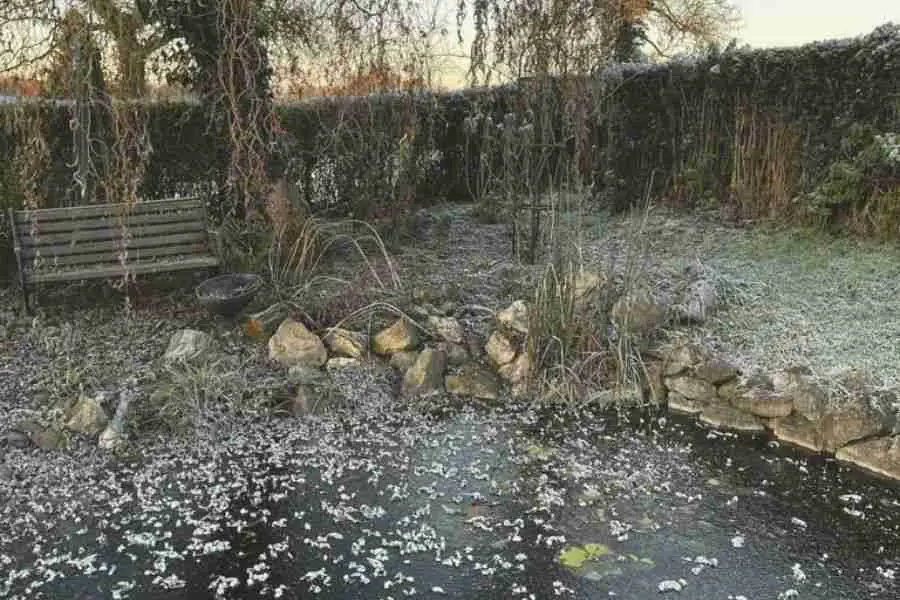
Winter Haven for Wildlife: Composting to Nourish the Soil
Winter is also a great time to think about soil health, which indirectly supports wildlife by maintaining a healthy garden ecosystem. Composting plays a crucial role in this.
Cold Composting for Soil Health
Even in the winter, composting can continue. Gather decaying plant material and kitchen scraps to build a compost pile that will break down slowly over the colder months. Cold composting might not be as fast as hot composting, but it’s just as effective.
In addition, compost can be spread as a mulch over your soil and allow it to decompose further into the soil.
As the organic matter decomposes, it enriches the soil with nutrients that are essential for plant growth come spring. The compost also provides food for beneficial microorganisms like fungi, nematodes, and earthworms, which are key players in maintaining healthy soil.
Supporting Soil Microorganisms
These microorganisms are the unseen workforce of your garden, breaking down organic material and improving soil structure. Much loved as part of the no-dig ethos.
A well-maintained compost pile helps sustain these tiny creatures, which in turn supports the entire garden ecosystem. Healthy soil is the foundation of a thriving garden, and by composting in winter, you’re setting the stage for success in the growing season ahead.
Creating Safe Spaces for Overwintering Wildlife
Winter is tough on wildlife, and creating safe havens in your garden can make all the difference.
Building Brush Piles and Log Shelters
One of the easiest ways to provide shelter is by creating brush piles or log shelters.
Simply gather branches, logs, and fallen leaves to build a small pile in a quiet corner of your garden. This will offer a warm, protected space for small mammals like hedgehogs, as well as insects and amphibians.
It’s a simple project that can be a real game-changer for the wildlife in your garden.
Fight the desire to clean up your garden too much, leaving debris is incredibly helpful in supporting the wildlife in your garden.
Insect Hotels and Winter Homes
Insect hotels are another great addition to a winter garden. These structures provide a safe place for beneficial insects such as solitary bees and ladybirds to overwinter.
You can either buy an insect hotel or make your own using natural materials like bamboo canes, hollow stems, and wooden blocks with drilled holes.
Place the insect hotel in a sheltered spot, and check on it occasionally to ensure it remains dry and secure.
Creating a winter haven for wildlife in your garden is all about working with what you have and embracing the natural cycles of the seasons. By leaving seed heads and decaying plants, planting evergreens and berry-producing shrubs, and providing sustainable feeders, water sources, and safe shelters, you can make a real difference for the wildlife in your area. And in return, you’ll be rewarded with the quiet beauty of a garden that’s alive, even in the depths of winter.
As the gardening philosopher Elizabeth Lawrence once said, “The hum of bees is the voice of the garden.” Even in winter, your garden has a voice—one that sings the praises of life, resilience, and the interconnectedness of all living things.
So this winter, let your garden speak, and enjoy the serenity of knowing you’ve created a safe haven for the wildlife that call it home.

